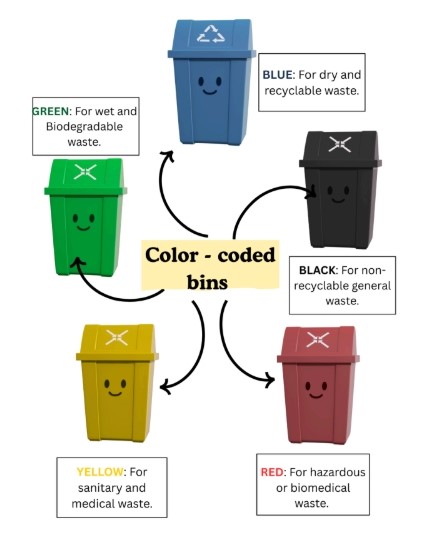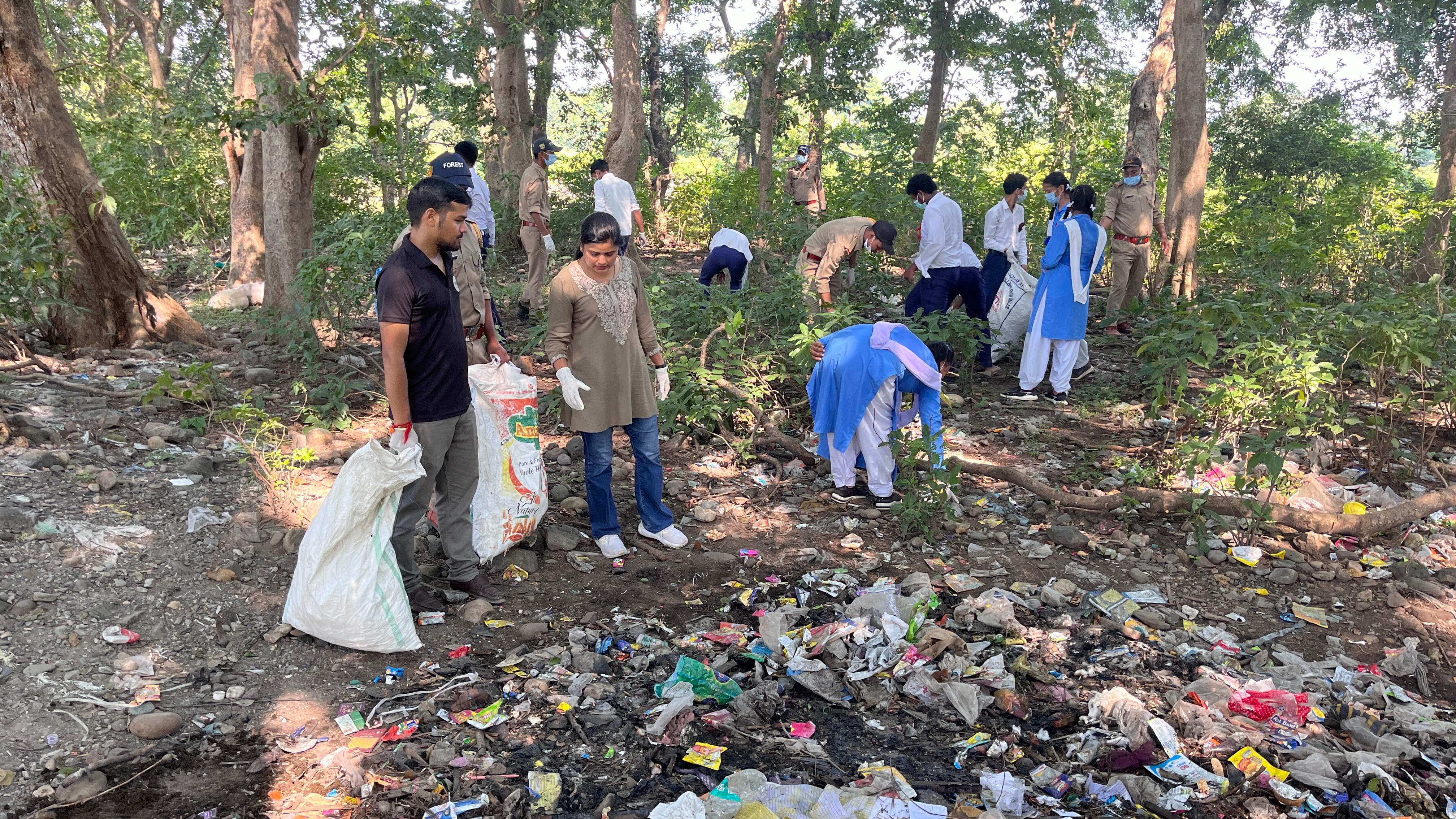WASTE: Resource or Burden? The Science Behind Waste Segregation
Imagine living in a world creating waste faster than nature can absorb it. Well, that's the reality! In today's globalized world we have created alternatives for almost everything. The biggest example of that could be Artificial Intelligence (AI), and further, we are working on creating robots to make our lives even easier. But behind all these technological advancements lies one crucial truth—we have no other alternative for our Mother Nature.
Everything we use or consume does not necessarily end up in the dustbin. Some of it piles up in landfills. The way we handle our waste determines whether it becomes a resource or a burden. When waste is not managed properly, it contaminates soil, water, and air. It not only affects the environment but also harms the health of humans and animals.
Understanding the Science behind Waste Segregation
World Bank estimates of 2020 show that, globally, we produce approximately billion tonnes of solid waste. However, at least 23% of that waste is not managed in a sustainable way and goes uncollected, while in low income countries 60% of the generated waste goes uncollected. This waste is projected to increase to 3.40 billion tonnes by 2050 This shows the importance of waste segregation as something we can no longer afford to ignore.
Waste segregation is more than just civic responsibility. It can be said to be a scientific process that helps to reduce pollution, conserve our natural resources, and promote sustainability. By separating the waste from the source, we simplify the process of the materials to be treated, recycled, or disposed of in an efficient manner. In simple terms, waste segregation means to separate waste mainly into two categories: biodegradable and non-biodegradable. And upon taking a deeper look into that, waste segregation separates waste into categories like organic, recyclable, and hazardous, which reduces pollution, conserves resources, and protects our health.
Colour Coding of Dustbins
We generally know about two types of dustbins—green and blue. One for wet waste and the other for dry waste. But waste segregation is much more than that. There are several other color-coded dustbins, each with its own purpose to make waste management safer and more effective. The journey of our garbage tells a lot about how responsibly we live.
- Green Dustbin: is used to collect wet or biodegradable waste like garden waste - leaves and flowers, vegetable peels or leftover food. Further this waste is used in composting by converting it into organic manure.
- Blue Dustbin: is used for dry waste such as cardboard, paper, plastic, glass, and metal cans. This type of waste is recyclable and reused. One example of reusing this waste can be seen in the schools, where children are taught to make home-decor items using plastic bottles and glass. It not only promotes recycling but also enhances the creativity of the children.
- Black/Grey Dustbin: dustbin is used for general waste which is not suitable for recycling. Waste like broken glass, used tissues and expired medicines can be suitable examples that cannot be reused.
- Red Dustbin: are used mainly in hospitals for hazardous or biomedical waste. Examples of which are plastic tubes, bottles, IV sets, and gloves.
- Yellow Dustbin: are used for sanitary and medical waste. In recent times many households have started to use a yellow dustbin to separate the medical waste like used tissues.

Colour coding of bins ensures efficient waste segregation at the source, which helps in reducing environmental and health hazards. This color coding of bins might be confusing at first, but if we try to separate our waste in this way, it will definitely contribute towards protecting our environment, reducing pollution, and promoting sustainability.
Why Is Waste Segregation Important?
When organic waste is mixed with non-biodegradable materials, the natural decomposition process is affected. Waste like plastic takes years to decompose. In the absence of oxygen, waste in landfills produces methane, a greenhouse gas over 25 times more potent than carbon dioxide, which pollutes our environment and further leads to worsened conditions.
When we separate waste properly at home, we are actually working for a better tomorrow. The segregation makes the work of waste collectors easier, keeps our surroundings hygienic, and helps make sure that things that can be recycled don’t get buried uselessly in landfills.
The color coding and segregation of waste might seem ineffective on day one, but continuing this process ends up one day where we'll see the difference—a cleaner environment, less waste, and a healthier planet. Learn about the importance of waste management, and be a waste detective with Him Village E - Prahari. For more information visit the website with help of provided link himvillageprahari.org
Segregation also plays an important role in supporting the ragpickers and waste workers who generally can be said to be the backbone of our waste management system. When we hand over properly segregated waste to them, we make their work safer and easier. And this small effort of ours helps to improve their livelihood and leads to a larger impact on the environment. And once we hand over our segregated waste to them, it is sure that our efforts will not go in vain and the waste will be recycled, decomposed, or reused.
Conclusion: Small Steps, Big Impact
In my opinion one must always remember that "change begins with ourselves"; we can't tell others not to use plastic or give them advice about following the practice of waste segregation unless we ourselves are doing it. The change must start from within and by adding a portion of our efforts to this simple habit, we become active participants in the cycle of sustainability. Each segregated bag, each correctly used colour coded dustbin, reduces pollution and conserves resources.
“Change doesn’t come in a day—but it does come one day.” when each of us takes that first small and thoughtful step towards protecting our planet. Together, those small steps can create a cleaner, greener, better, and more sustainable future.

